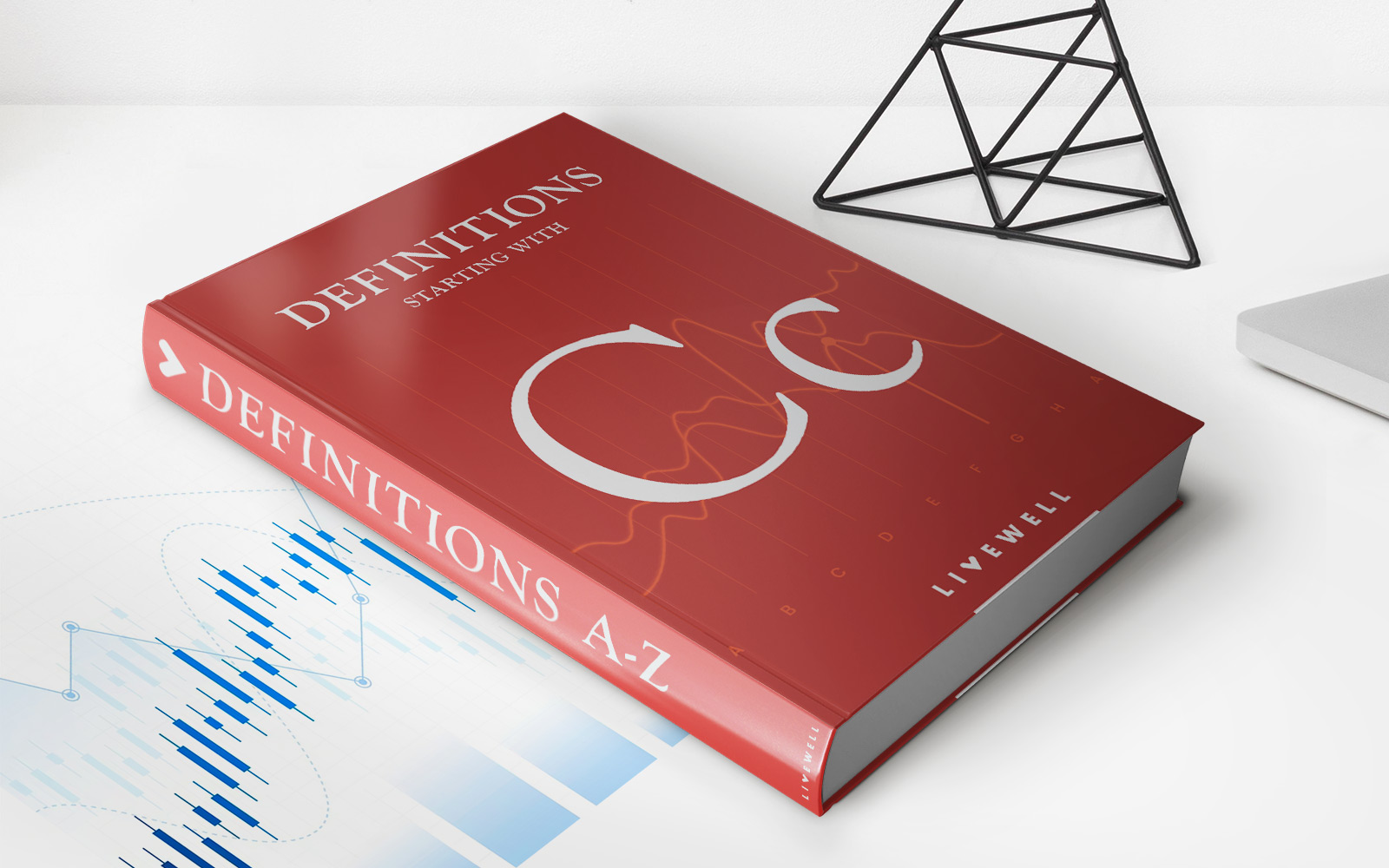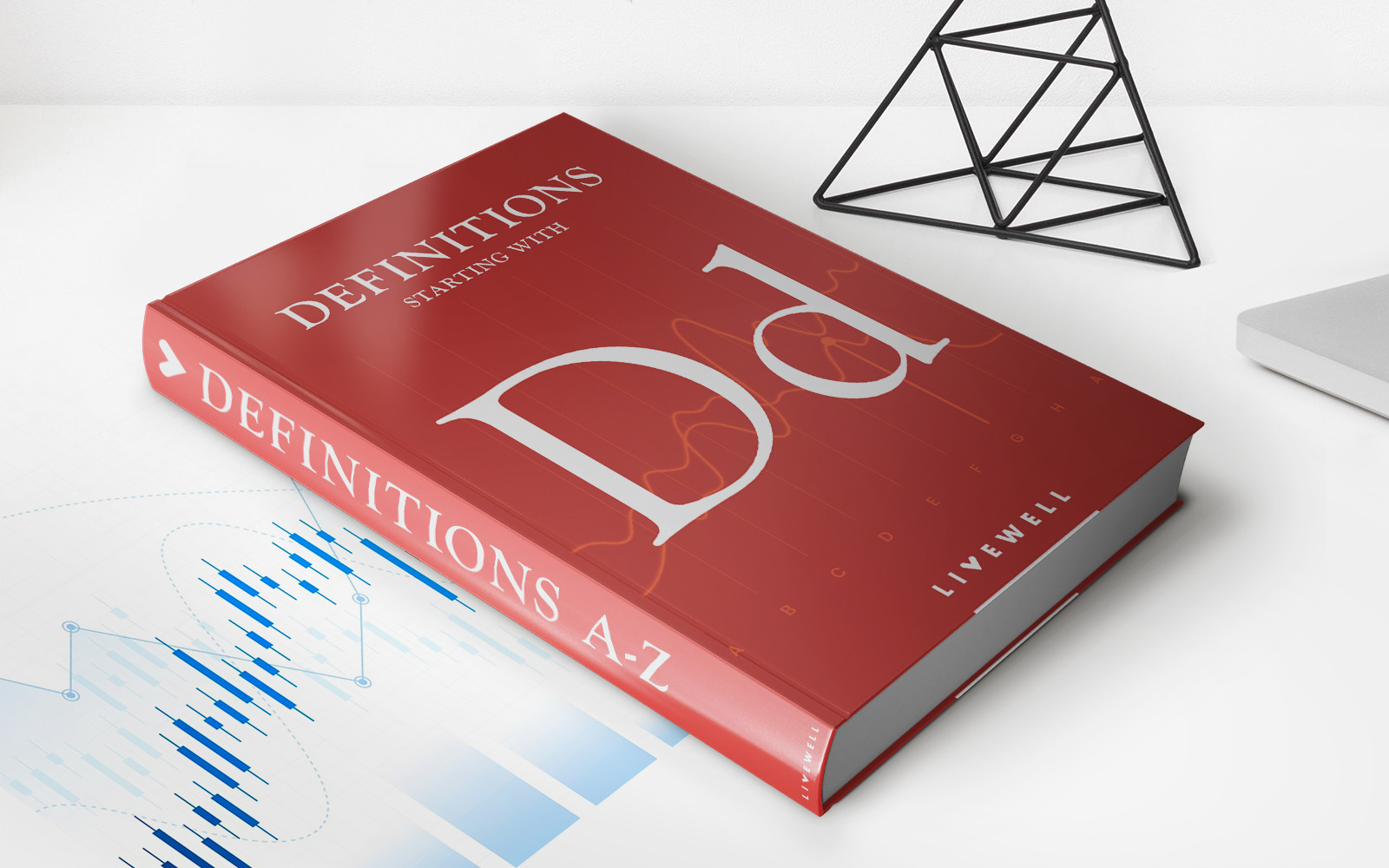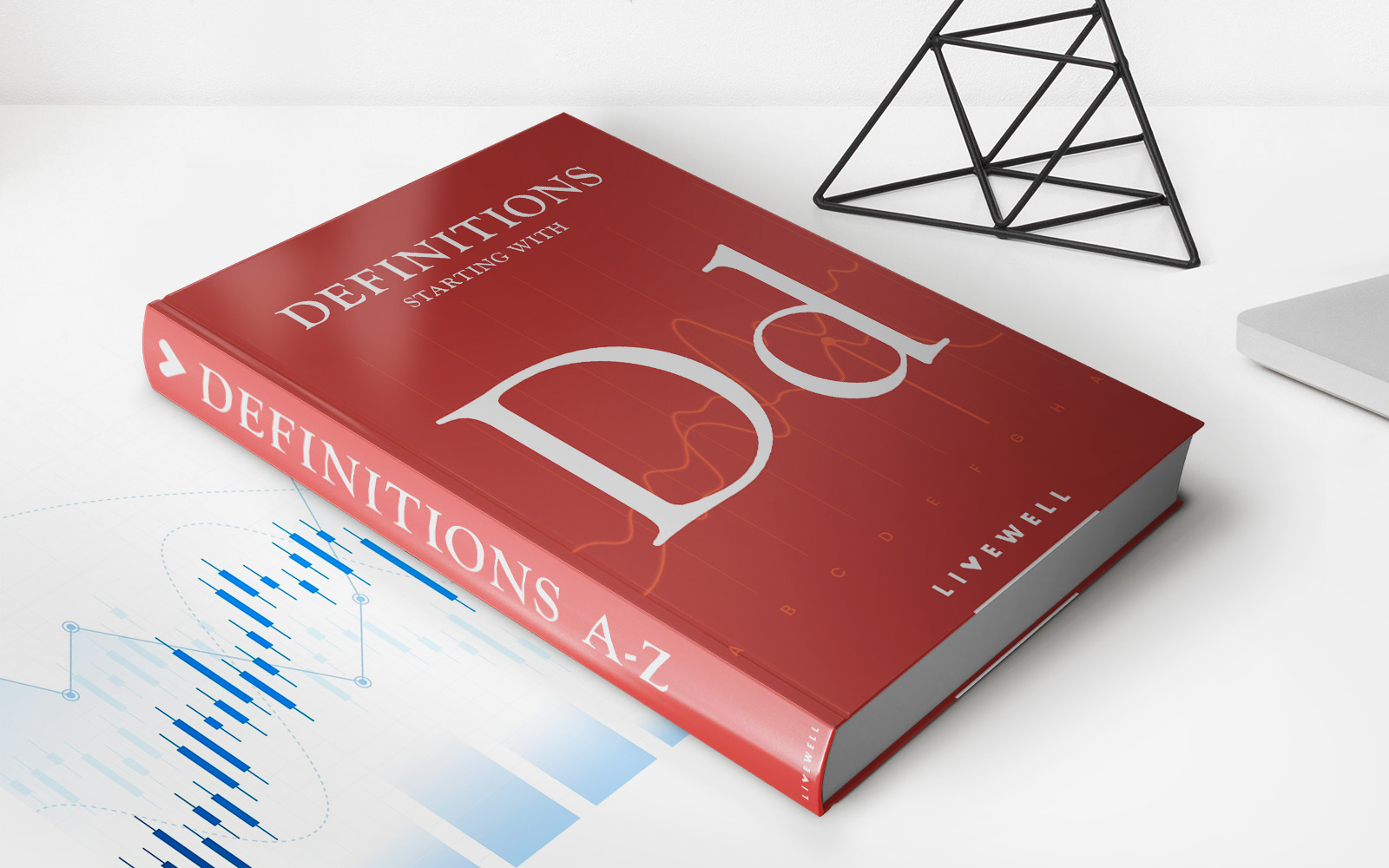

Finance
When Are Loans A Good Option To Use?
Published: February 17, 2024
Looking for financial flexibility? Discover when loans can be a smart choice and how they can benefit your personal finances. Explore the options today.
(Many of the links in this article redirect to a specific reviewed product. Your purchase of these products through affiliate links helps to generate commission for LiveWell, at no extra cost. Learn more)
Table of Contents
- Understanding the Role of Loans in Financial Management
- Exploring the Purpose and Mechanics of Loans
- Optimal Scenarios for Leveraging Loans
- Exploring Diverse Loan Categories to Address Varied Financial Needs
- Evaluating Key Considerations for Informed Borrowing Decisions
- Navigating the Realm of Loans with Informed Decision-Making
Introduction
Understanding the Role of Loans in Financial Management
In the realm of personal and business finance, loans play a pivotal role in providing individuals and organizations with the necessary capital to meet various financial needs. Whether it's purchasing a home, funding a business venture, or covering unexpected expenses, loans can serve as valuable financial tools when used judiciously. Understanding the nuances of loans, including the different types available and the optimal circumstances for their utilization, is crucial for making informed financial decisions.
Loans are essentially financial instruments that enable borrowers to access a specific amount of money, which is expected to be repaid over time with interest. This arrangement allows individuals and businesses to acquire assets or funds that they may not have immediate access to, thereby facilitating important investments and expenditures. However, it's important to recognize that taking on debt through loans entails a financial obligation that must be managed responsibly to avoid potential pitfalls.
As we delve into the intricacies of loans, we'll explore the various factors that determine when loans are a prudent option, the different types of loans available to borrowers, and the essential considerations to bear in mind before embarking on the loan application process. By gaining a comprehensive understanding of these aspects, individuals and businesses can make well-informed decisions regarding the use of loans, ultimately contributing to their financial well-being and stability.
Understanding Loans
Exploring the Purpose and Mechanics of Loans
Loans are financial arrangements in which a lender provides funds to a borrower, who agrees to repay the borrowed amount along with interest over a predetermined period. The primary purpose of loans is to enable individuals and businesses to access capital that they may not have readily available, allowing them to pursue various financial objectives. Whether it’s acquiring assets, funding education, managing debt, or covering unforeseen expenses, loans offer a means to bridge the gap between current financial resources and the desired financial outcomes.
One of the fundamental aspects of loans is the concept of interest, which represents the cost of borrowing money. Lenders charge interest as a form of compensation for the risk they assume in providing funds to borrowers. The interest rate, determined by factors such as the borrower’s creditworthiness and prevailing market conditions, influences the total amount that borrowers must repay. Understanding the implications of interest rates is crucial for evaluating the affordability and long-term implications of taking out a loan.
Moreover, loans can be secured or unsecured, with secured loans requiring collateral, such as a property or vehicle, to mitigate the lender’s risk. In contrast, unsecured loans are not backed by specific assets and typically involve higher interest rates due to the increased risk for lenders. By comprehending the distinction between secured and unsecured loans, borrowers can make informed decisions based on their individual financial circumstances and risk tolerance.
Furthermore, the repayment terms of loans encompass various elements, including the repayment period, installment amounts, and potential penalties for late payments. Understanding these terms is essential for borrowers to effectively manage their financial obligations and avoid potential financial strain. By grasping the mechanics of loans, individuals and businesses can navigate the borrowing process with confidence, ensuring that loans are utilized as strategic financial tools rather than sources of undue financial burden.
When to Use Loans
Optimal Scenarios for Leveraging Loans
While the decision to take out a loan should be approached with careful consideration, there are specific circumstances in which utilizing a loan can be a prudent financial move. Understanding when to use loans involves evaluating the potential benefits and aligning the borrowing with specific financial goals and needs.
-
Investment Opportunities: Loans can be instrumental in seizing lucrative investment opportunities that have the potential to yield substantial returns. Whether it’s investing in a promising business venture, real estate, or securities, leveraging a loan to capitalize on such opportunities can be a strategic approach to expand one’s financial portfolio.
-
Asset Acquisition: When seeking to acquire high-value assets, such as a home or a vehicle, loans provide a means to spread the cost over time, making these significant purchases more attainable. By carefully assessing the affordability and long-term value of the asset, individuals can determine whether a loan aligns with their financial objectives.
-
Debt Consolidation: In cases where individuals are burdened by multiple high-interest debts, consolidating these obligations through a loan with more favorable terms can lead to reduced overall interest costs and simplified debt management. This approach can contribute to improved financial stability and a clearer path toward debt repayment.
-
Business Expansion: For entrepreneurs and business owners, loans can facilitate the expansion of operations, the launch of new products or services, or the enhancement of infrastructure. By strategically leveraging loans to fuel business growth, enterprises can capitalize on opportunities for increased revenue and market presence.
It’s important to emphasize that the decision to use loans in these scenarios should be underpinned by thorough financial analysis and a clear understanding of the associated risks. Evaluating the potential returns, the impact on cash flow, and the ability to meet repayment obligations is essential in determining the suitability of utilizing loans for these purposes. By exercising prudence and aligning loan utilization with well-defined financial objectives, individuals and businesses can harness the benefits of loans while mitigating potential drawbacks.
Types of Loans
Exploring Diverse Loan Categories to Address Varied Financial Needs
Loans come in various forms, each tailored to address specific financial requirements and circumstances. Understanding the different types of loans empowers borrowers to select the most suitable option based on their individual needs and financial objectives.
-
Personal Loans: Designed to meet diverse personal expenses, such as home improvements, medical bills, or wedding costs, personal loans offer flexibility and can be either secured or unsecured, depending on the borrower’s creditworthiness and preferences.
-
Auto Loans: Specifically intended for purchasing vehicles, auto loans provide borrowers with the necessary funds to buy a car, with the vehicle itself often serving as collateral to secure the loan.
-
Mortgages: Tailored for financing the purchase of real estate properties, mortgages are long-term loans secured by the property being acquired, typically with fixed or adjustable interest rates.
-
Student Loans: Geared toward funding higher education expenses, student loans offer favorable terms and repayment options to support students in pursuing their academic aspirations.
-
Small Business Loans: Vital for entrepreneurs and small business owners, these loans provide essential capital for starting a new business, expanding existing operations, or addressing short-term financial needs.
-
Debt Consolidation Loans: Aimed at simplifying debt management, these loans allow individuals to combine multiple debts into a single loan with more favorable terms, potentially reducing overall interest costs.
-
Secured Loans: Backed by collateral, secured loans offer lower interest rates and higher borrowing limits, making them suitable for significant expenses and investments.
-
Unsecured Loans: Not requiring collateral, unsecured loans are based on the borrower’s creditworthiness and are commonly used for smaller, short-term financial needs, often with higher interest rates.
By familiarizing themselves with the various types of loans available, individuals and businesses can make informed decisions when seeking financial assistance. Understanding the specific features, eligibility requirements, and repayment terms associated with each loan category enables borrowers to select the most appropriate option that aligns with their financial circumstances and goals.
Factors to Consider Before Taking a Loan
Evaluating Key Considerations for Informed Borrowing Decisions
Before embarking on the loan application process, it’s imperative for individuals and businesses to carefully assess several crucial factors to ensure that taking on debt aligns with their overall financial strategy and capabilities. By considering these essential elements, borrowers can make informed decisions that mitigate potential risks and maximize the benefits of utilizing loans.
-
Financial Need: A fundamental consideration before taking a loan is to clearly define the specific financial need or objective that the loan will address. Whether it’s funding a major purchase, consolidating debt, or investing in a business venture, articulating the precise purpose of the loan is vital for determining its suitability and assessing the potential return on investment.
-
Repayment Capacity: Evaluating one’s ability to repay the loan is paramount in avoiding financial strain and potential default. Assessing current income, existing financial obligations, and future cash flow projections provides insight into whether the loan can be comfortably repaid without compromising overall financial stability.
-
Interest Rates and Fees: Understanding the interest rates, associated fees, and potential additional costs related to the loan is essential for evaluating its affordability and long-term financial impact. Comparing offers from multiple lenders and comprehending the total cost of borrowing enables borrowers to select the most favorable terms.
-
Creditworthiness: For unsecured loans, the borrower’s credit history and score significantly influence the terms and availability of the loan. Assessing one’s credit profile and addressing any potential issues can enhance the likelihood of securing a loan with favorable terms and lower interest rates.
-
Collateral and Security: When considering secured loans, the availability and valuation of collateral play a critical role in determining borrowing limits and interest rates. Evaluating the implications of using assets as collateral is essential in mitigating risks and safeguarding valuable possessions.
-
Loan Terms and Repayment Schedule: Thoroughly reviewing the loan’s terms, including the repayment period, installment amounts, and potential penalties for late payments, is crucial for understanding the obligations and ensuring alignment with one’s financial capabilities and objectives.
By meticulously assessing these factors and conducting comprehensive research, individuals and businesses can make well-informed decisions regarding loan utilization. Careful consideration of these elements empowers borrowers to leverage loans as strategic financial tools that contribute to their long-term financial well-being and stability.
Conclusion
Navigating the Realm of Loans with Informed Decision-Making
Loans serve as indispensable instruments that enable individuals and businesses to pursue essential financial objectives, from acquiring assets to fueling business growth. By gaining a comprehensive understanding of the role of loans in financial management, as well as the optimal scenarios for their utilization, borrowers can make informed decisions that align with their unique financial circumstances and goals.
Understanding the diverse types of loans available empowers borrowers to select the most suitable option tailored to their specific needs, whether it involves funding a major purchase, addressing educational expenses, or launching a new business venture. Moreover, evaluating key factors such as repayment capacity, interest rates, creditworthiness, and loan terms is essential in ensuring that borrowing decisions are aligned with long-term financial stability and prosperity.
It’s crucial for individuals and businesses to approach the decision to take out a loan with careful consideration, conducting thorough research and seeking professional guidance when necessary. By doing so, borrowers can navigate the borrowing process with confidence, leveraging loans as strategic financial tools that contribute to their overall financial well-being.
Ultimately, the prudent utilization of loans hinges on a deep understanding of one’s financial needs, the implications of borrowing, and the potential returns on investment. By integrating these insights into their financial decision-making, borrowers can harness the benefits of loans while effectively managing the associated risks, fostering a path toward sustained financial success and resilience.














